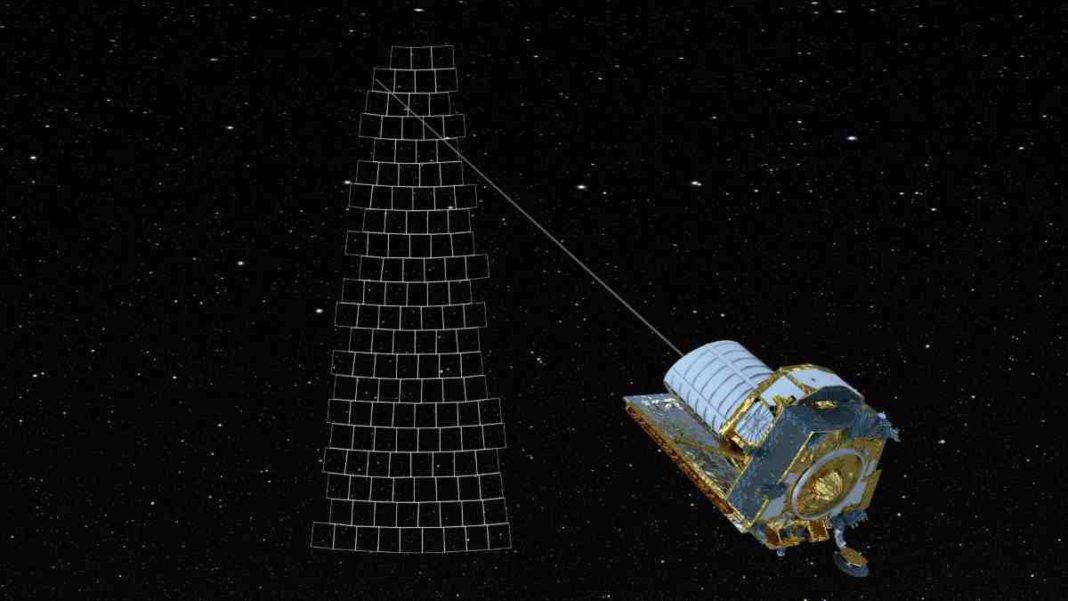GERMANY: Astronomers at the European Space Agency have uncovered a groundbreaking method to detect one of the universe’s most ancient and elusive features: Baryon Acoustic Oscillations (BAO).
These subtle cosmic wrinkles, remnants from the first 380,000 years of the universe’s existence, hold vital clues about the Big Bang and the universe’s expansion. The innovative approach focuses on the shapes and orientations of galaxies rather than just observing galaxy clusters, offering a promising cosmological probe that has long been overlooked.
Astrophysicists at the University of Córdoba in Spain led a study that looked at the odd orientations and stretch levels of about a million galaxies. By identifying galaxies that deviated from the norm, they pinpointed areas where Baryon Acoustic Oscillations were concentrated.
This novel detection method promises to provide more accurate measurements of galaxy locations and distances within the universe. It could significantly enhance our ability to map the cosmos and further our understanding of the universe’s expansion, a phenomenon that remains shrouded in mystery due to its accelerating rate.
Moreover, this technique offers a potential solution to quantify the enigmatic dark matter and dark energy in the universe, with the latter suspected to be the driving force behind the universe’s accelerating expansion.
While this is not the first attempt to detect BAO, it represents a significant advancement in our cosmic understanding. The European Space Agency’s Euclid telescope, recently launched with the mission to hunt for dark matter and dark energy, is set to measure some of these signals across the universe from its vantage point approximately one million miles above Earth.
As our understanding of Baryon Acoustic Oscillations deepens, scientists are on the brink of unravelling more secrets of the universe’s ancient past and its ever-evolving present.
Also Read: ESA Astronaut Andreas Mogensen Explores Light and Sleep’s Impact on Body Rhythms in Space



